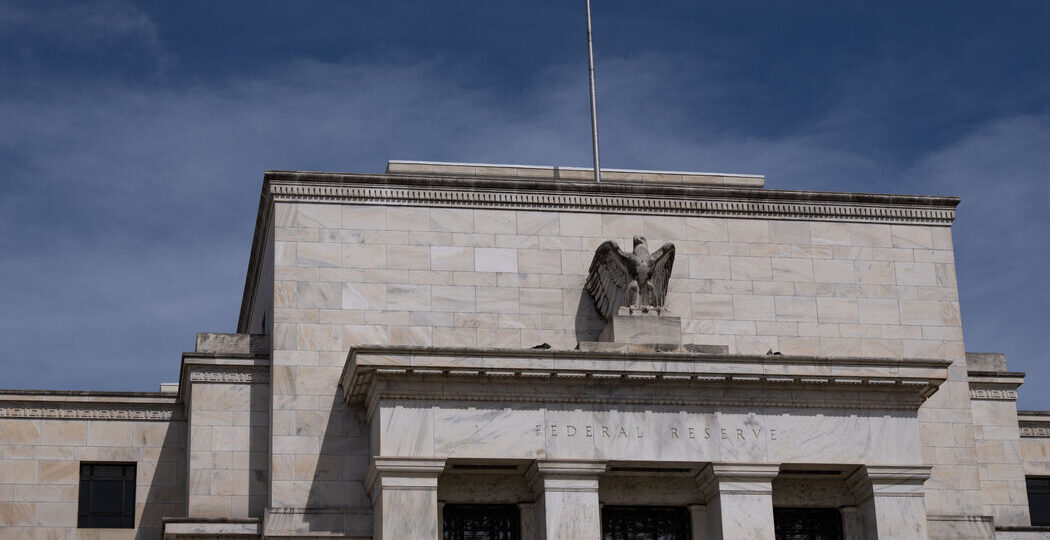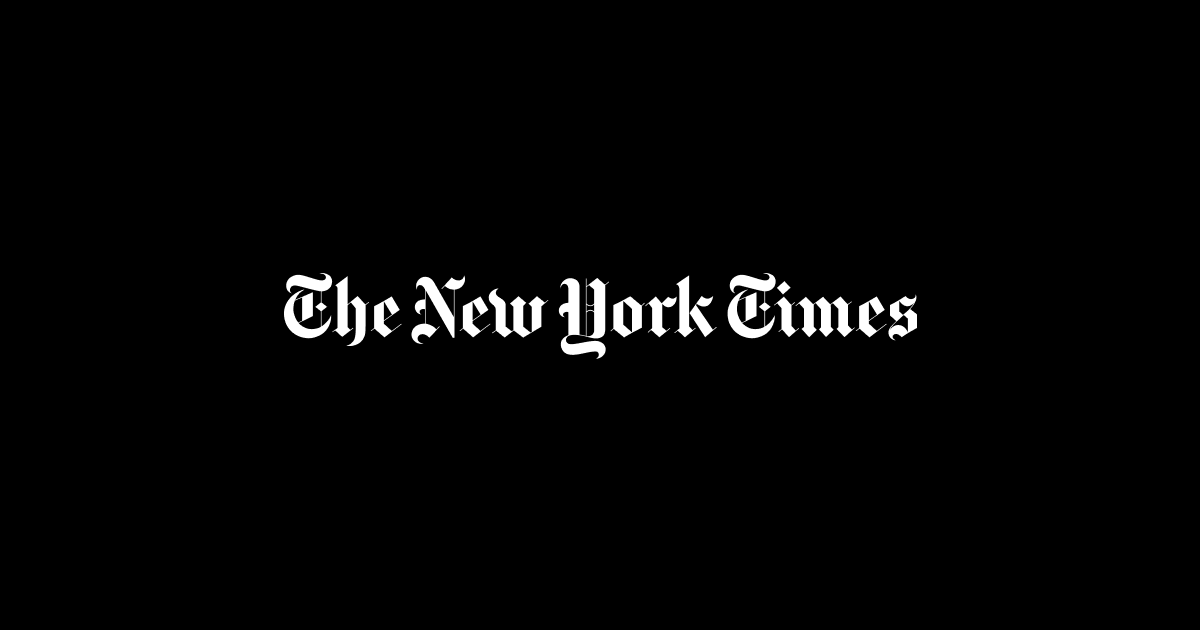February 7, 2025 | by

Lower than six months in the past, Federal Reserve officers have been wringing their palms concerning the state of the labor market. No main cracks had emerged, however month-to-month jobs development had slowed and the unemployment price was steadily ticking larger. In a bid to protect the financial system’s power, the Fed took the weird step of reducing rates of interest by double the magnitude of its typical strikes.
These considerations have since evaporated. Officers now exude a uncommon confidence that the labor market is robust and set to remain that means, offering them latitude to carry charges regular for awhile.
The strategy constitutes a strategic gamble, which economists by and enormous count on to work out. That implies the central financial institution will take its time earlier than reducing borrowing prices once more and await clearer indicators that value pressures are easing.
“The roles knowledge simply aren’t calling for decrease charges proper now,” mentioned Jon Faust of the Middle for Monetary Economics at Johns Hopkins College, who was a senior adviser to the Fed chair, Jerome H. Powell. “If the labor market significantly broke, which will warrant a coverage response, however apart from that, it takes some progress on inflation.”
Throughout various metrics, the labor market seems to be remarkably secure even because it has cooled. The newest employment report, launched on Friday, reaffirmed that view. The tempo of hiring in January slowed greater than anticipated, to 140,000 new positions, however earlier months’ totals have been revised larger. In November and December, there have been 100,000 extra jobs created than initially estimated. The unemployment price additionally ticked again all the way down to 4 p.c, a traditionally low degree.
The variety of Individuals out of labor and submitting for weekly advantages stays low, too.
“Individuals can get jobs and employers can discover employees,” mentioned Mary C. Daly, president of the San Francisco Fed, in an interview this week. “I don’t see any indicators proper now of weakening.”
Thomas Barkin, who heads the Richmond Fed, instructed reporters on Wednesday that the financial system total was “stable, however not overheating.”
These situations — plus a quickly altering mixture of insurance policies spearheaded by the Trump administration — have helped to help the Fed’s case for pausing price cuts and turning extra cautious on when to renew.
Neel Kashkari, president of the Federal Reserve Financial institution of Minneapolis, instructed CNBC on Friday that the central financial institution was in place to attend for extra data earlier than making any coverage selections, although he predicted rates of interest could be “modestly” decrease by the tip of the 12 months.
The consensus is that the Fed will reduce no less than as soon as extra this 12 months, though confidence in these estimates typically has whipsawed in current weeks.
Some economists have scaled again their expectations on the premise that inflationary pressures will resurface as insurance policies like tariffs come into impact. Others have moved in the wrong way on fears that the labor market just isn’t as sound because it seems.
“There’s a number of complacency on the market about what the financial system actually seems to be like,” mentioned Neil Dutta, head of economics at Renaissance Macro Analysis. “At any time when the Fed says they’ve time, they by no means have a lot.”
One measure that has generated consideration is the hiring price, which stays subdued. For the reason that starting of the summer time, the share of unemployed Individuals who’ve been out of labor for about six months or longer has additionally steadily risen.
Samuel Tombs, chief U.S. economist at Pantheon Macroeconomics, mentioned he was bracing for a pickup in layoffs as nicely, estimating that there was a 5 p.c improve in contrast with December’s degree based mostly on datathat tracks written notices for large-scale layoffs at corporations with 100 or extra full-time workers.
Proper now, these developments warrant not more than a be aware of warning, most economists mentioned. Steven Kamin, who beforehand ran the division of worldwide finance on the Fed and is now a senior fellow on the American Enterprise Institute, mentioned the central financial institution would fear if month-to-month payrolls development persistently hovered beneath 100,000 and the unemployment price moved considerably larger. As long as inflation is in verify, the Fed may restart price cuts earlier than the center of the 12 months, he added.
The most important unknown for the labor market is immigration. Mr. Trump has begun to deport migrants, however not but on the scale he pledged on the marketing campaign path. If internet immigration falls to zero or turns unfavourable, it may lead to some mixture of slower employment development, larger wages in essentially the most affected sectors and a decrease unemployment price, reflecting a shrinking labor pressure.
Julia Coronado, a former Fed economist who now runs MacroPolicy Views, is amongst these primarily involved concerning the hit to development from these insurance policies. Immigrants are “enhances not substitutes” for home employees, she mentioned, such that “for those who lose development employees, development exercise simply goes slower.”
Coupled with the looming risk of tariffs, companies are unsurprisingly on edge. If these nerves translate to a broader retrenchment, that would dent hiring extra considerably.
“If I have been a C.E.O. of any firm proper now, what would I be doing? For nearly any funding I can consider, one of the best reply is to attend three months,” mentioned Justin Wolfers, a professor of public coverage and economics on the College of Michigan.
RELATED POSTS
View all


